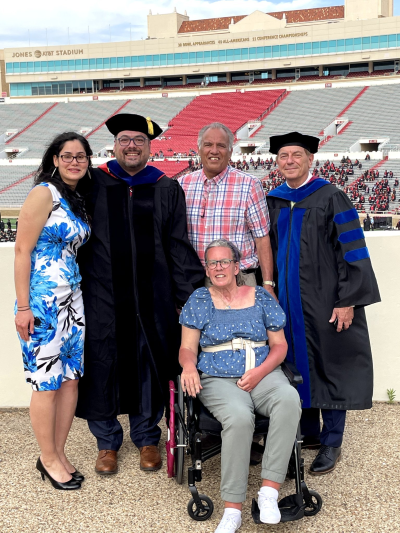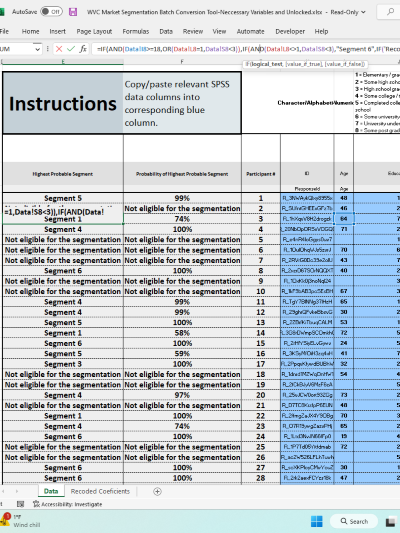
Automatic Segmenting Tool
An excel tool I made to speed the process of calculating predicted customer segments for a repeat client's survey datasets who, using the same questions across all their surveys and an algorithm obtained from an old linear discriminant analysis, classifies their customers into distinct customer segment groups. To use the tool, one simply copies and pastes the relevant survey question data columns into corresponding clearly labeled excel columns. The tool automatically calculates all respondent's segment probabilities and returns each one's most likely segment they belong to and their corresponding probability of belonging. I provided my team with both an unlocked editable version and a locked version that cannot be mistakenly broken.
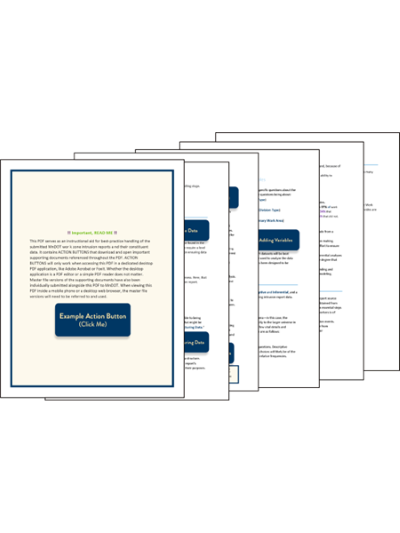
WZI Data Instructional Aid
I created and delivered a dynamic PDF instructional aid to MnDOT for best-practice data handling and analysis of submitted MnDOT work zone intrusion reports. The delivered PDF contained downloadable, via embedded action buttons, supporting documents providing illustrative examples, and more detailed instructions to specific recommended data reporting material and operations. I decided to embed supporting files to ensure that the instructional aid could be easily transferred from person to person within MnDOT over time without losing any critical material.

Dissertation Significance Plots
These are plots of a significant three-way interaction reported in my dissertation, probing reading response times to sentences placed in moral vignettes (e.g., the trolley problem). For those technically inclined, I employed crossed-random-effects modeling to properly model response time data independently nested under both reader and story. The shaded line graphs at the bottom plot the Johnson and Neyman regions of significance (i.e., for the Simple Simple Effects). Areas, where the lines’ shaded areas do not overlap represent the significant regions.
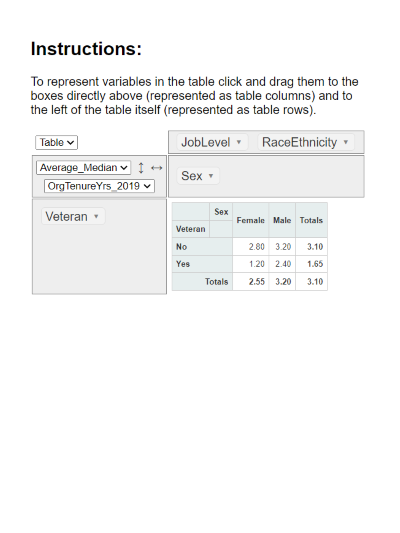
Cross-Tabulation Tool
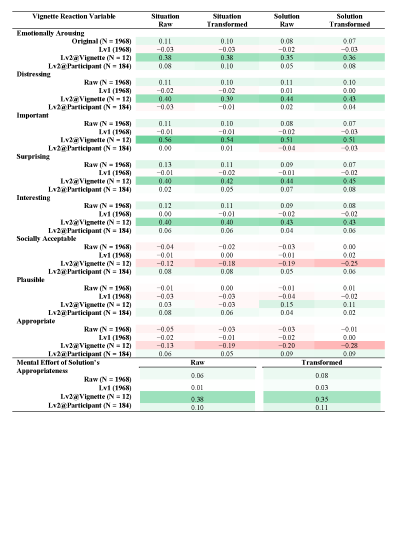
Multi-level Correlation Table
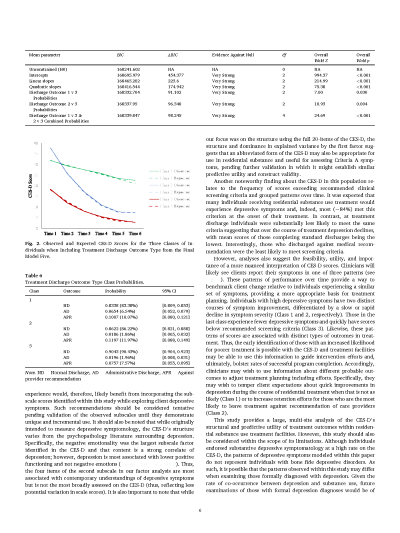
Modeling Recidivism w/ MIMIC

WZI Alternative Paper Form
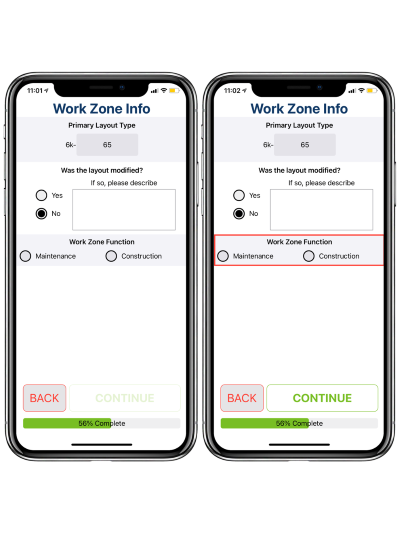
WZI Flagging Incomplete Entries
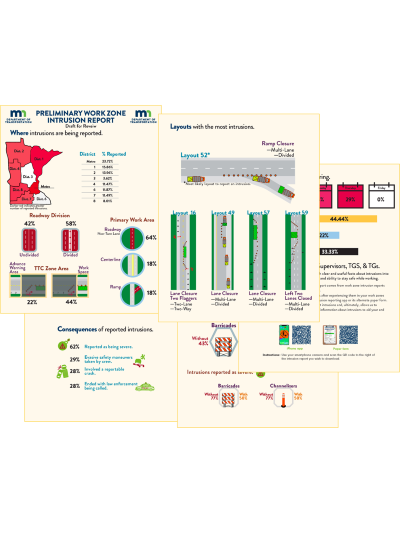
WZI Preliminary Data Report
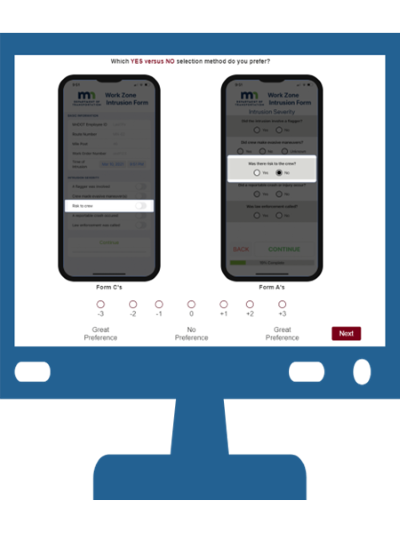
UX Testing Competing WZI Apps
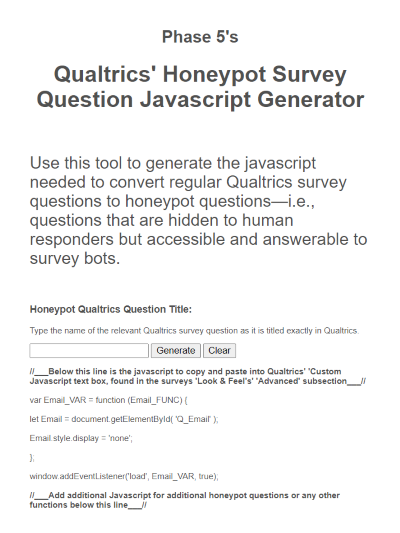
Honeypot Question JS Generator
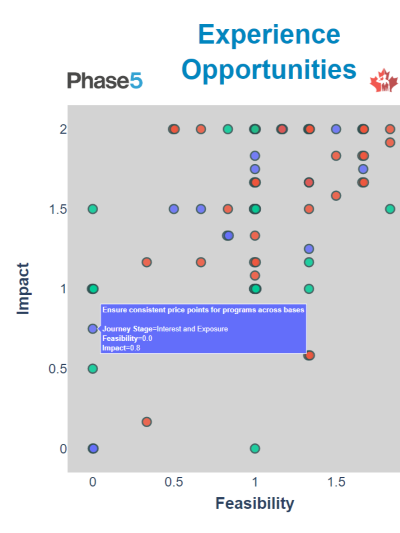
Interactive HTML Scatterplot
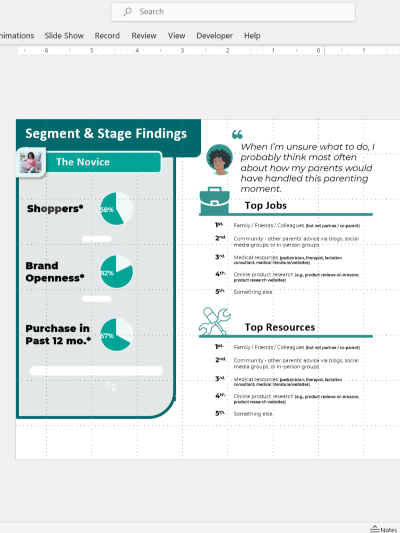
Deliverable: Customer rankings
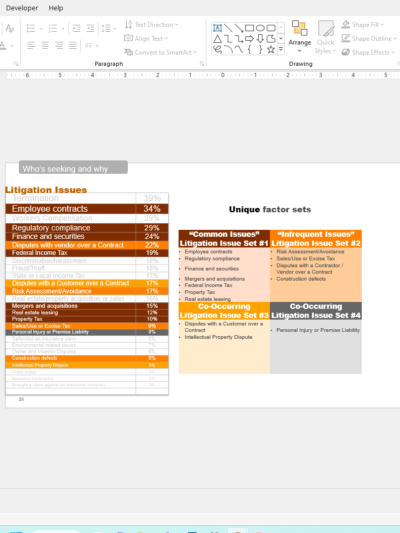
Deliverable: Categorical EFA
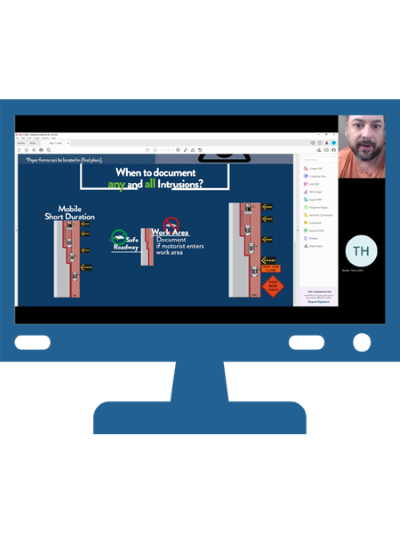
WZI Remote User Testing
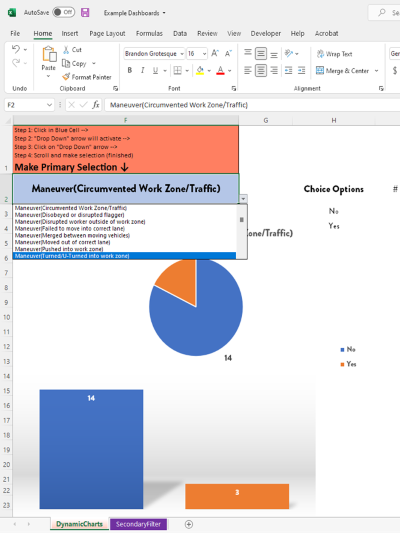
WZI Interactive Data Plotting Tool
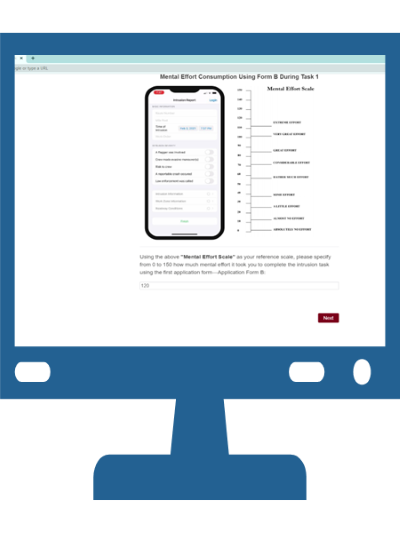
WZI Surveying Mental Effort

Zimba!
A portrait of my dog Zimba, given to my wife as a christmas present. Since, my physical artistic skills are absouletly dreadful, I employed photoshop to make it look more like a painting—albeit, not all that sucessfully.
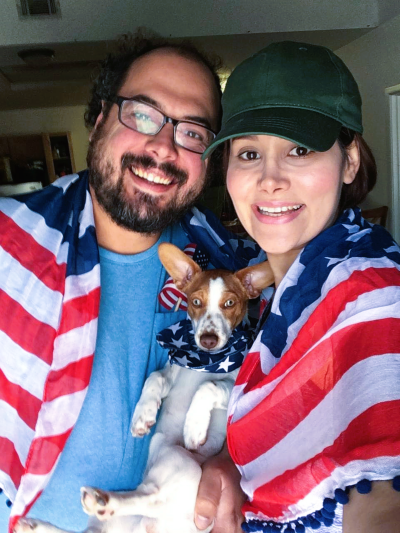
Me, My Wife, & Zimba!
Some fun celebrating the fourth.
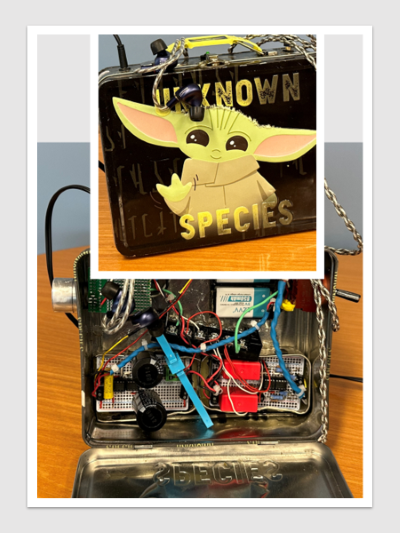
Handmade Yoda Amp!
This is a headphone amplifier I built in my free-time as a hobby. It sounds great, but I definitely would have saved money and time buying a prebuilt one. It was incredibly fun building it though!
